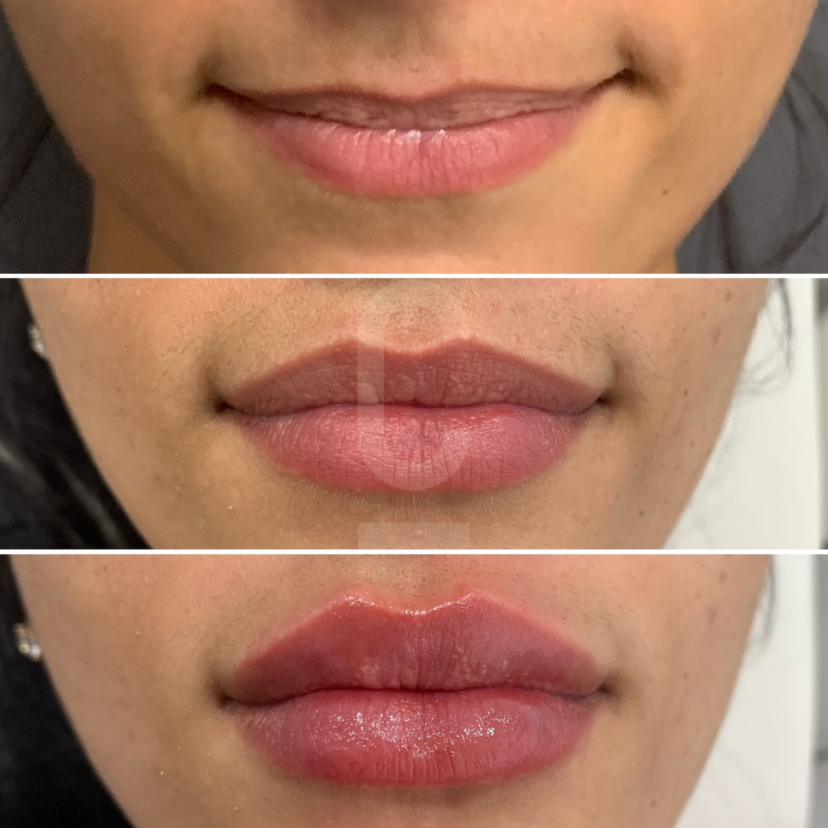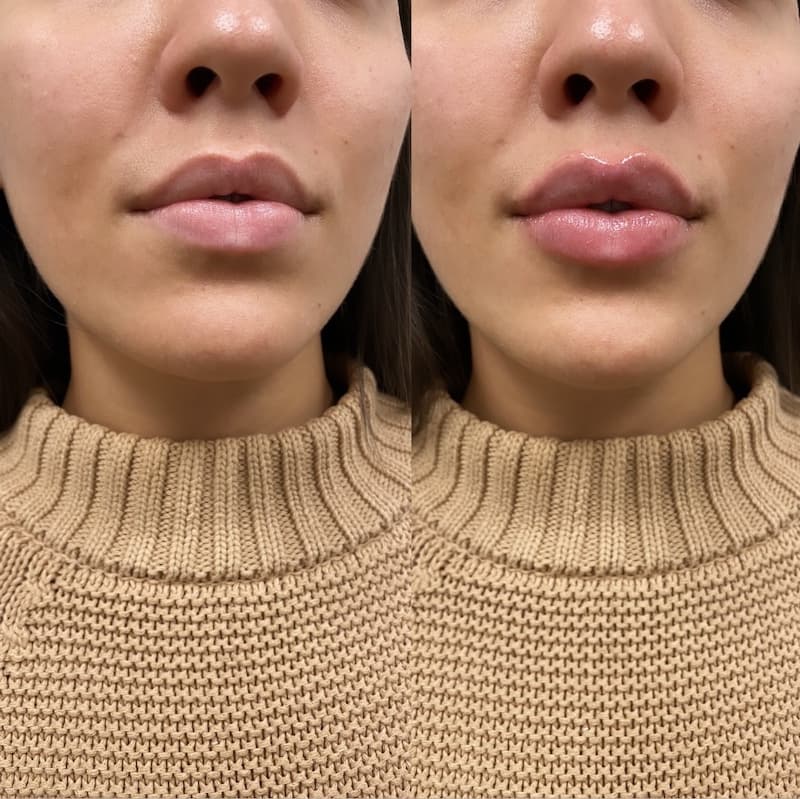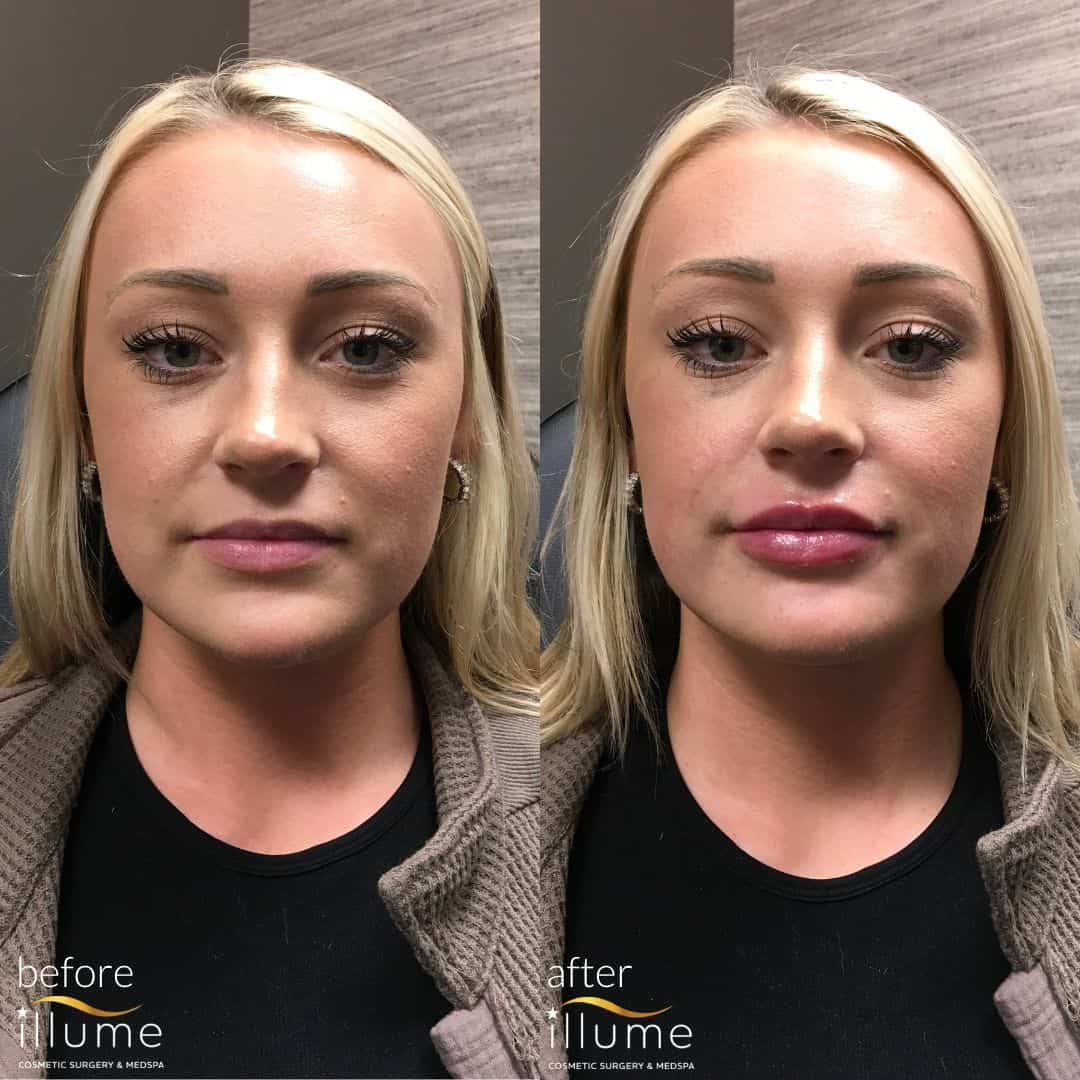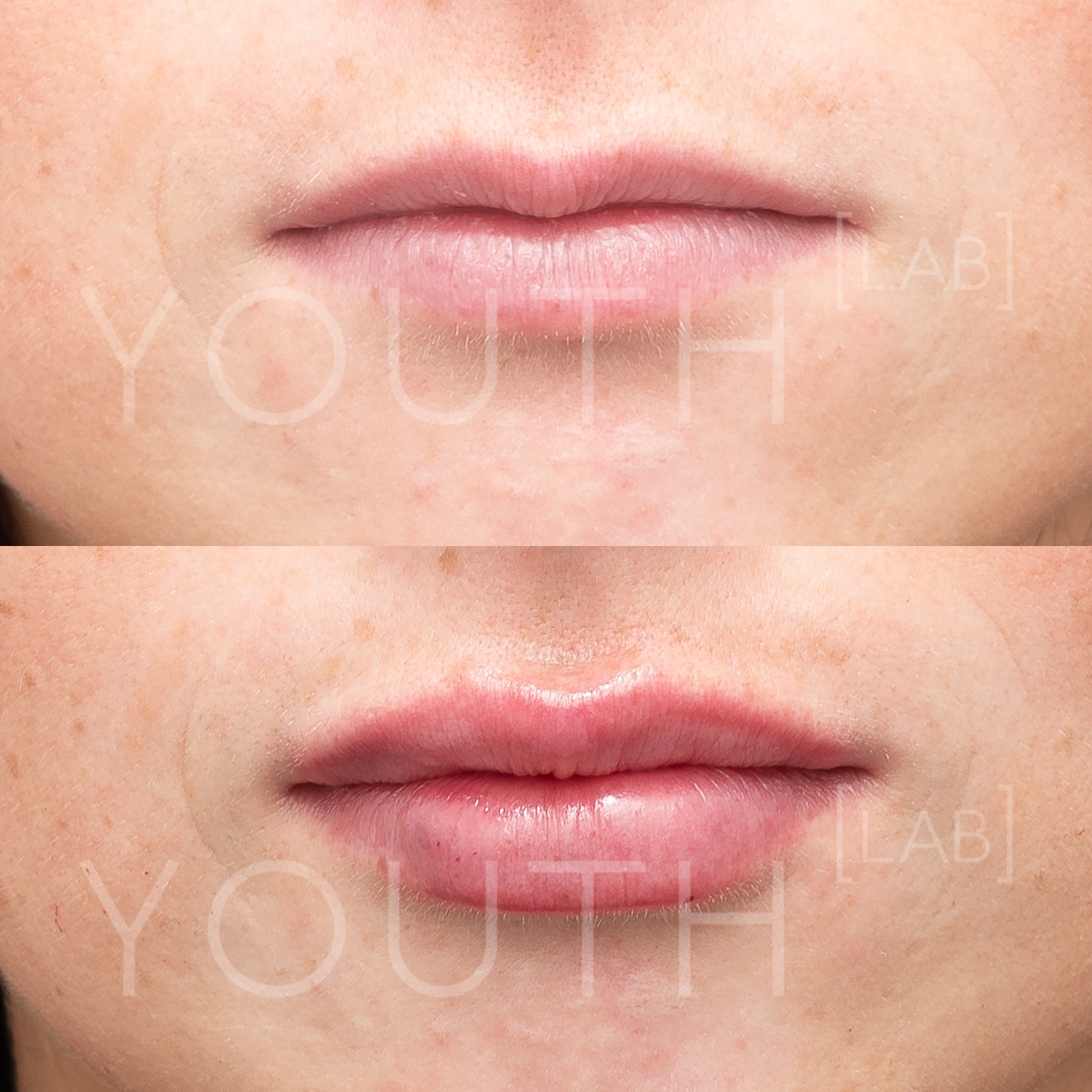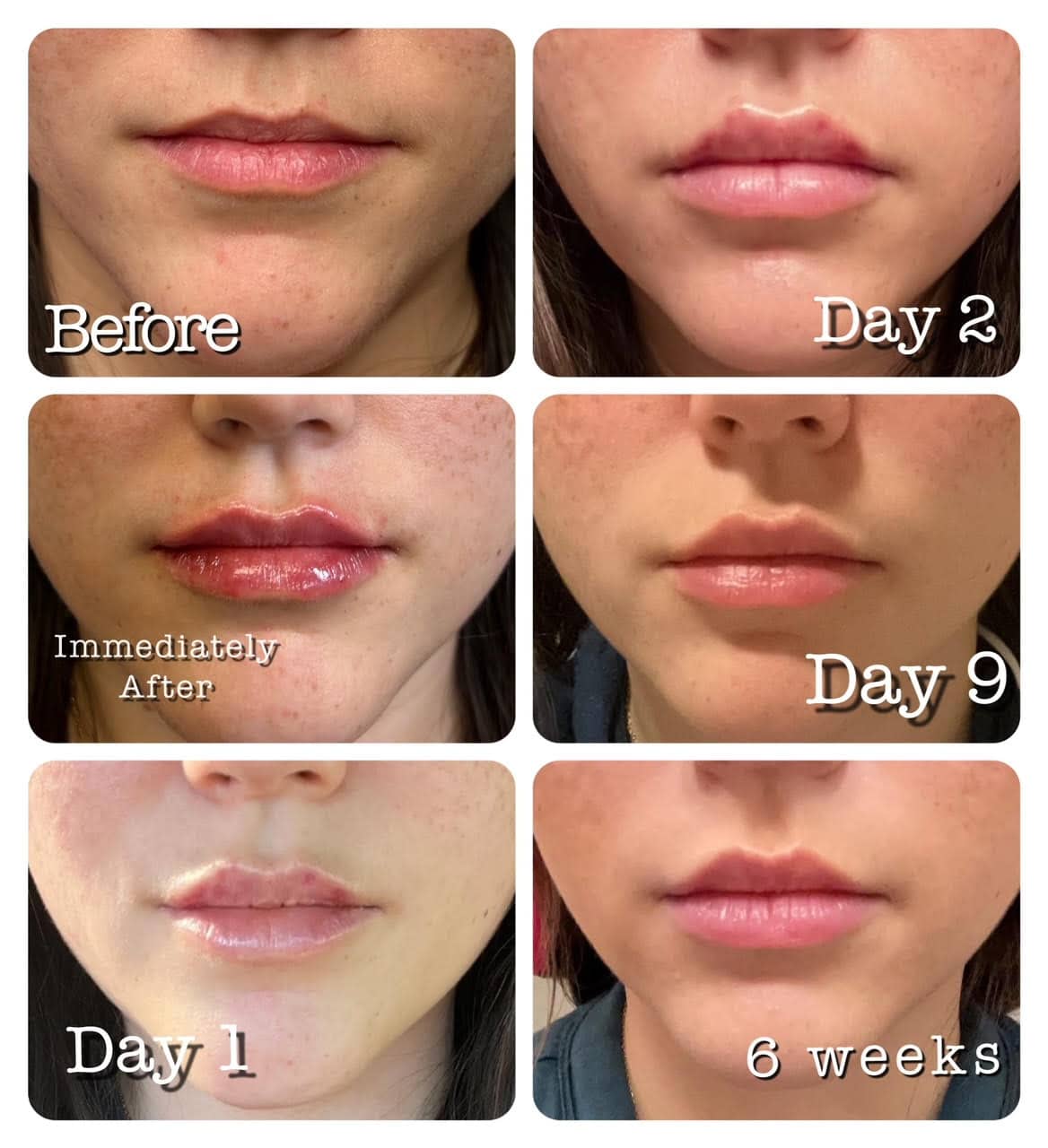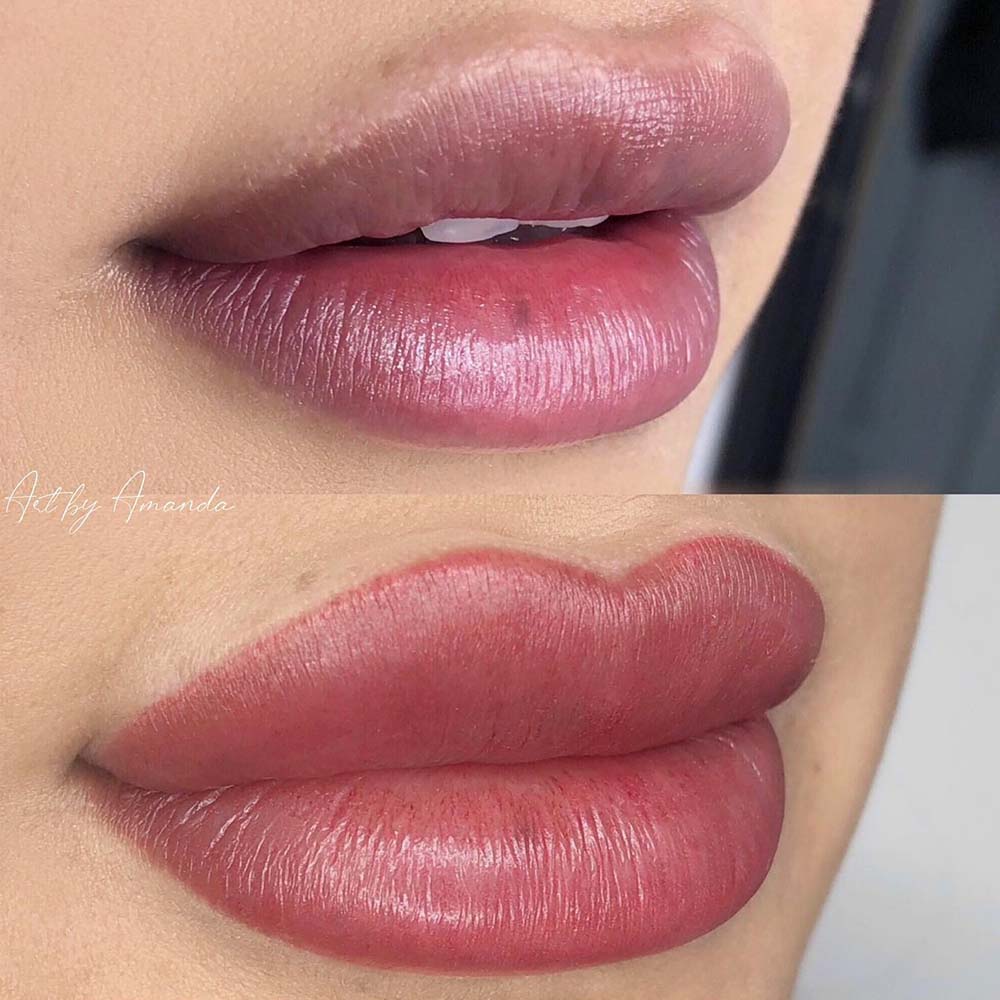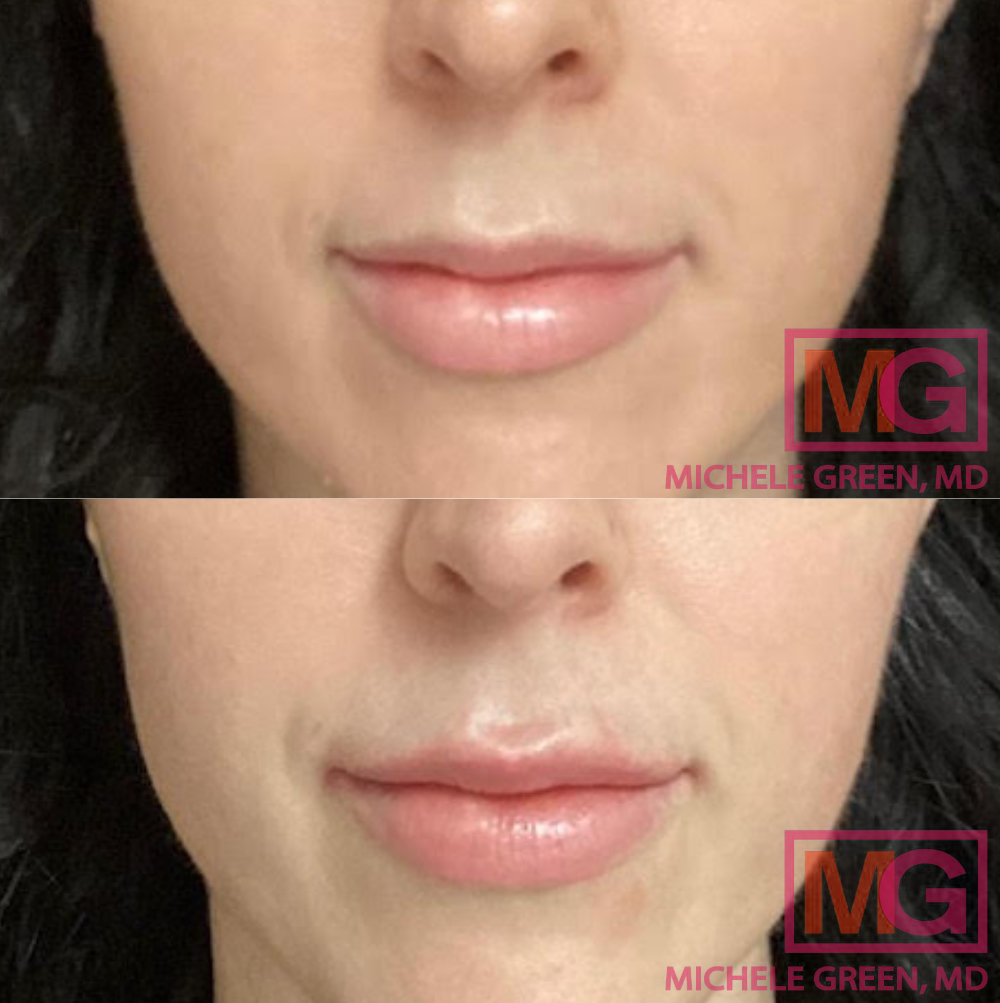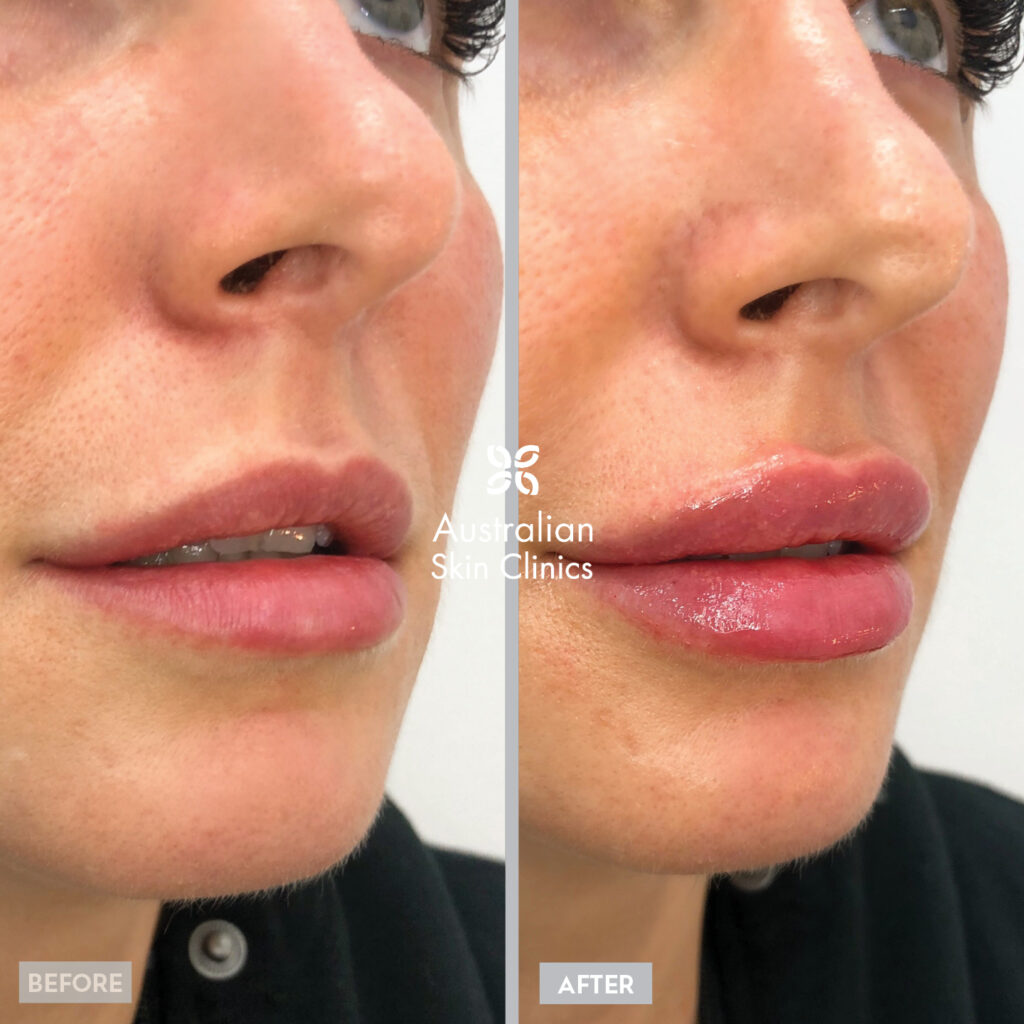Can You Get Lip Fillers With A Lip Piercing

The soft glow of the salon lights danced across Sarah's face as she pondered. Her reflection stared back, a symphony of youthful features highlighted by a subtle, silver hoop nestled in her lower lip. She loved her piercing, a little spark of rebellion and self-expression. But lately, she'd been considering lip fillers, a subtle enhancement to plump her pout. A question lingered: could these two co-exist?
The intersection of body modification and cosmetic procedures can be a tricky landscape. The central question is whether you can safely get lip fillers with an existing lip piercing. The answer, while not a straightforward yes or no, leans towards a cautious "maybe," requiring careful consideration and a skilled practitioner.
The Piercing Predicament
Lip piercings, like all body modifications, create a unique relationship with the surrounding tissue. Understanding this relationship is crucial before introducing fillers. The piercing creates a channel, a pathway through the lip tissue that needs to be considered.
This channel, even after healing, can present a potential risk. Think of it as a delicate ecosystem that could be disrupted.
Potential Complications
One major concern is infection. Injecting fillers near a piercing site, even a healed one, increases the risk of introducing bacteria. This is according to a 2018 study published in the Journal of Cutaneous and Aesthetic Surgery, which emphasized the importance of sterile techniques and proper aftercare in such scenarios.
Another issue is filler migration. The piercing channel could potentially provide a pathway for the filler to move away from the intended injection site, leading to asymmetry or unwanted lumps.
Scar tissue around the piercing can also impact the outcome. This scar tissue can change the way the filler integrates with the natural lip tissue.
Expert Opinions & Best Practices
Dermatologists and cosmetic surgeons generally recommend removing the piercing before getting lip fillers. This allows the tissue to fully heal and minimizes the risk of infection or filler migration.
Dr. Emily Carter, a board-certified dermatologist, advises, "Removing the piercing gives the lip tissue a chance to return to its natural state. This allows for a more predictable and safer filler injection."
If removing the piercing is not an option, finding a highly experienced injector is paramount. The injector should have a thorough understanding of facial anatomy and experience working around piercings.
The Importance of Consultation
A comprehensive consultation is non-negotiable. This should include a detailed discussion about your piercing, your desired filler outcome, and potential risks. During this consultation, the injector will assess the piercing's placement, the surrounding tissue, and your overall suitability for fillers.
They will also evaluate the healing and any scar tissue present. According to the American Society of Plastic Surgeons, open communication and a realistic understanding of expectations are crucial for patient satisfaction.
Ask questions. Don't be afraid to voice your concerns and actively participate in the decision-making process.
Navigating the Decision
Ultimately, the decision to get lip fillers with a lip piercing is a personal one. It should be made after careful consideration of the risks and benefits, and in consultation with a qualified professional.
Consider the longevity of your piercing and the permanence of the filler. Is the piercing a defining part of your identity, or are you willing to part with it for the desired cosmetic enhancement?
It's a balancing act, weighing personal expression against aesthetic goals.
A Reflective Pause
As Sarah gazed back at her reflection, a clearer picture emerged. The allure of fuller lips was undeniable, but the integrity of her piercing, a symbol of her individuality, held its own weight. The journey to enhancing her beauty had become a thoughtful exploration, a testament to the power of informed choices and the importance of honoring both self-expression and well-being.
The path forward wasn't simply about aesthetics. It was about making a decision that resonated with her values and priorities.



